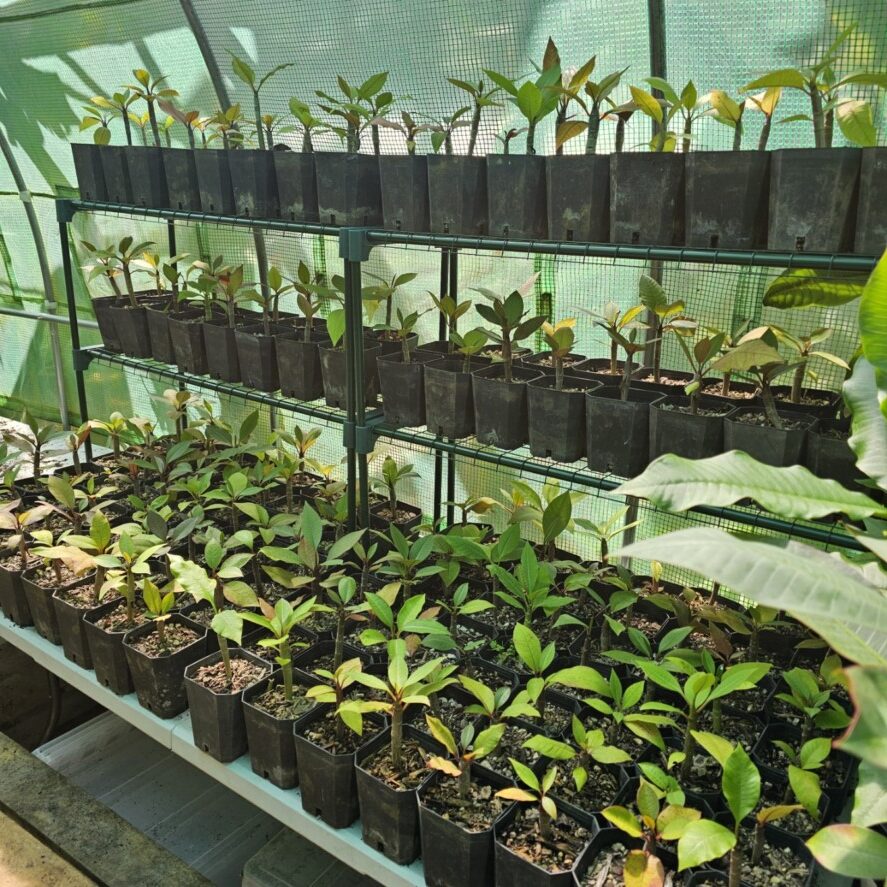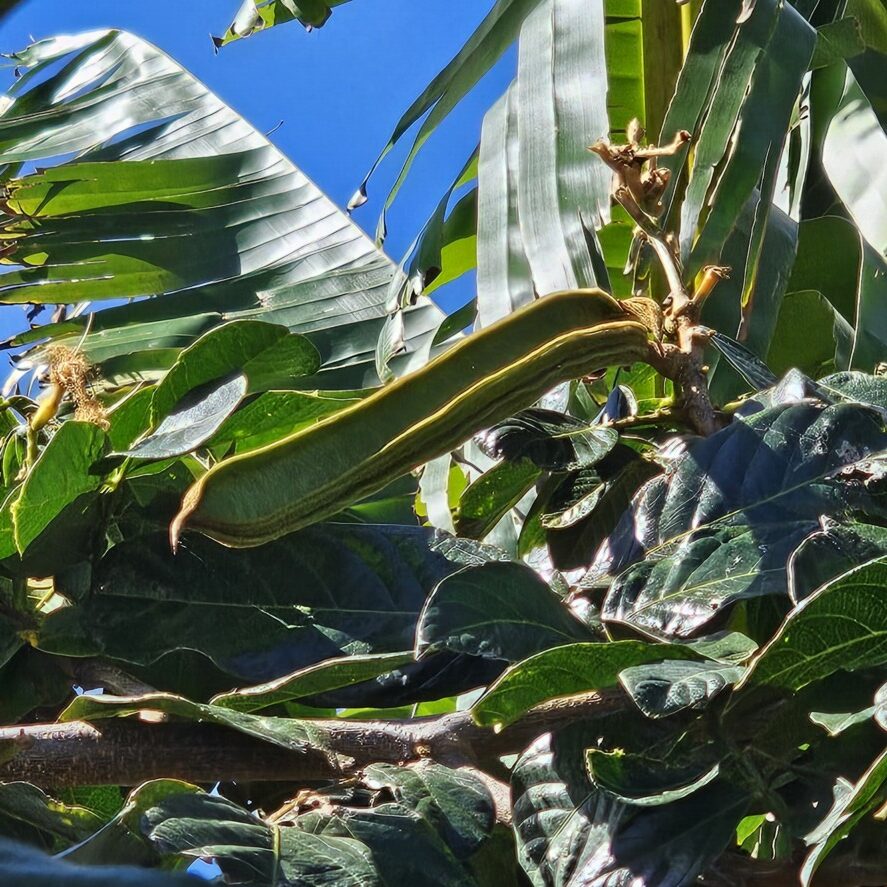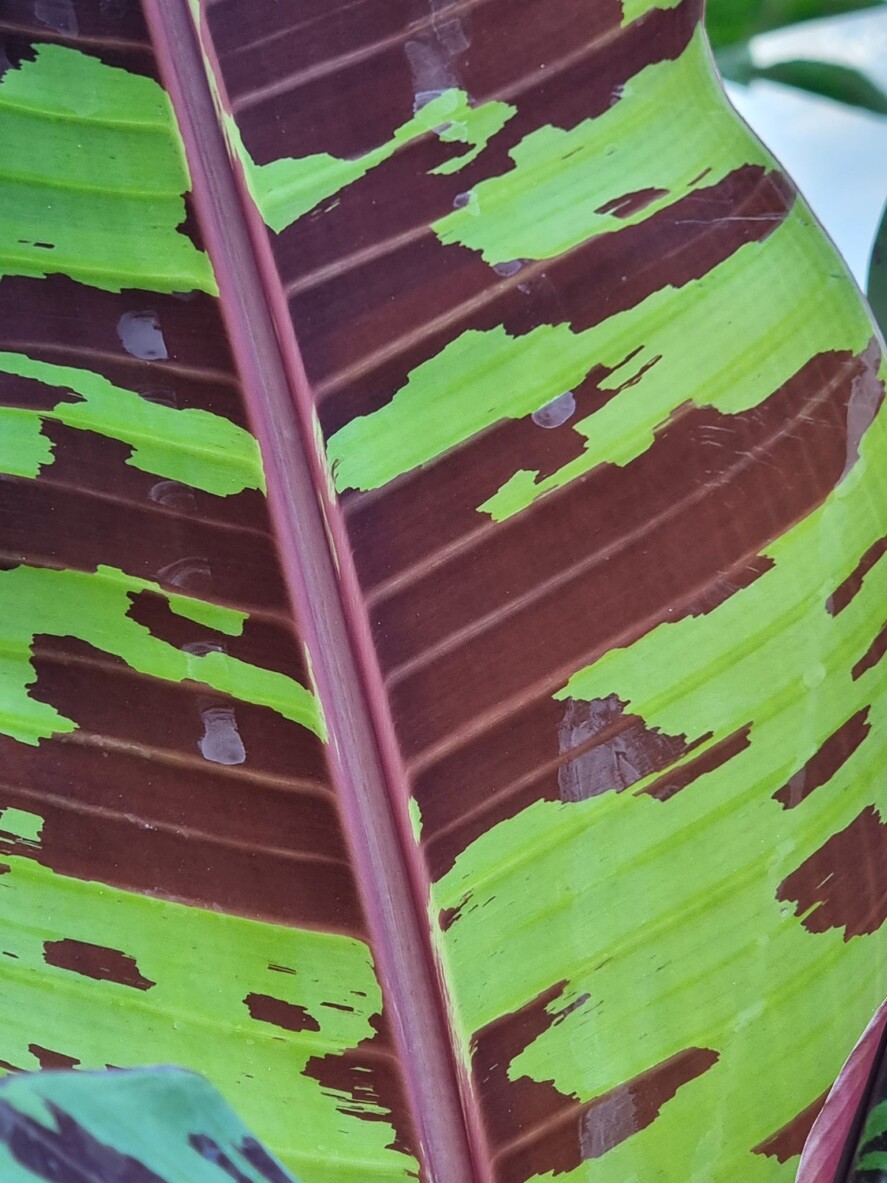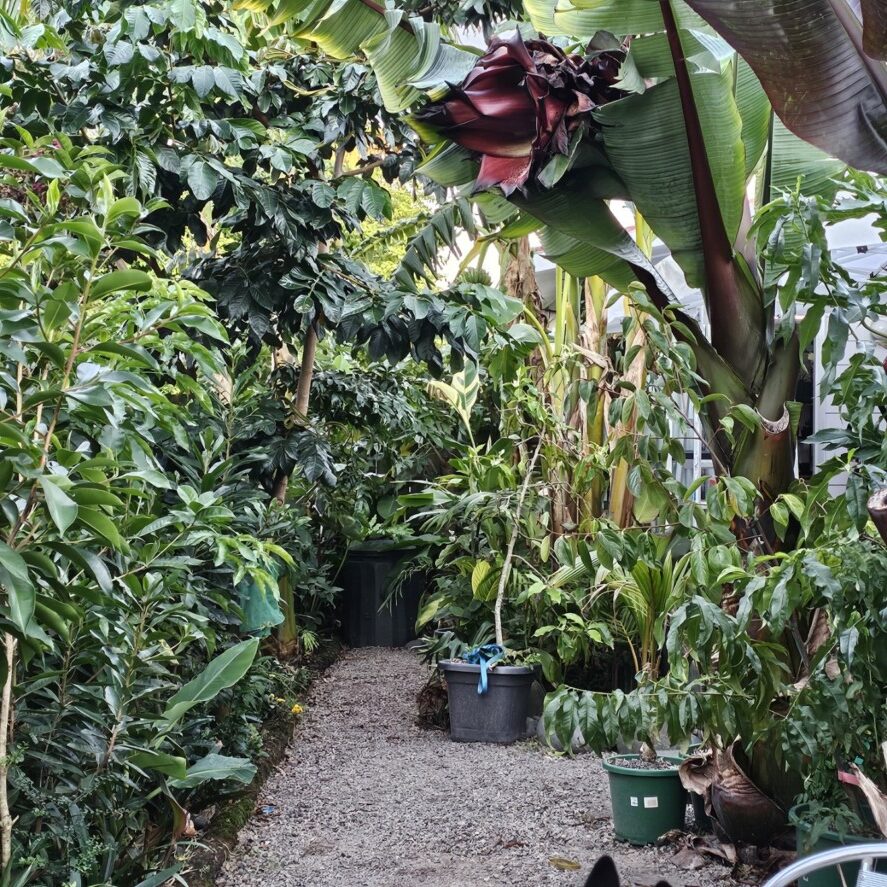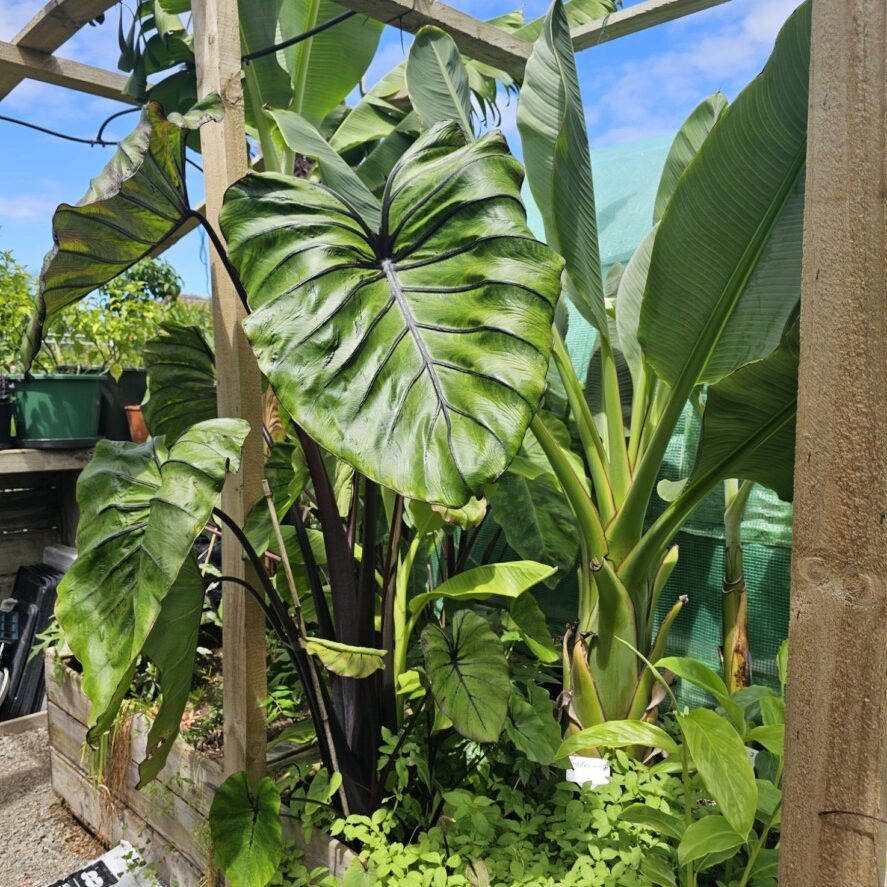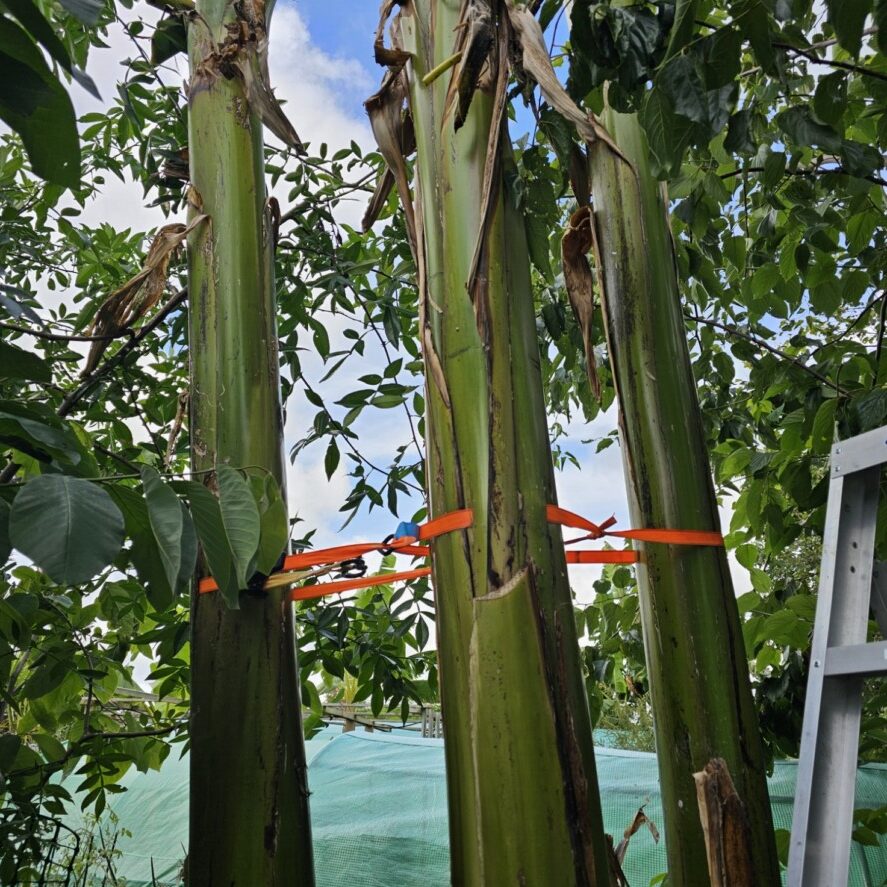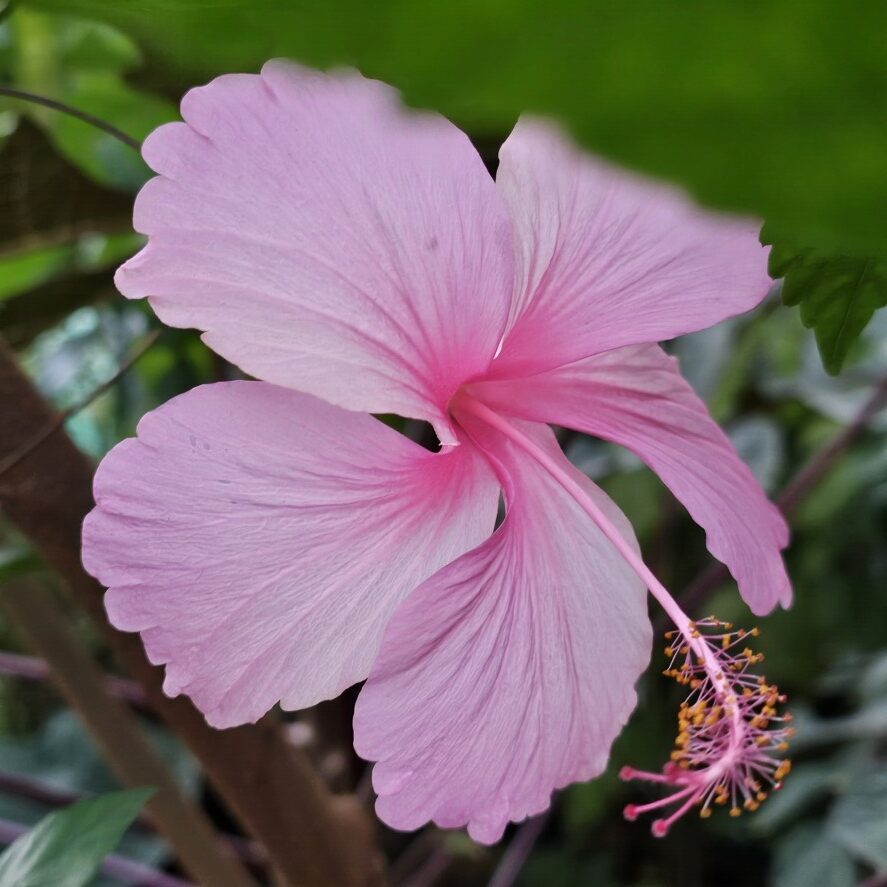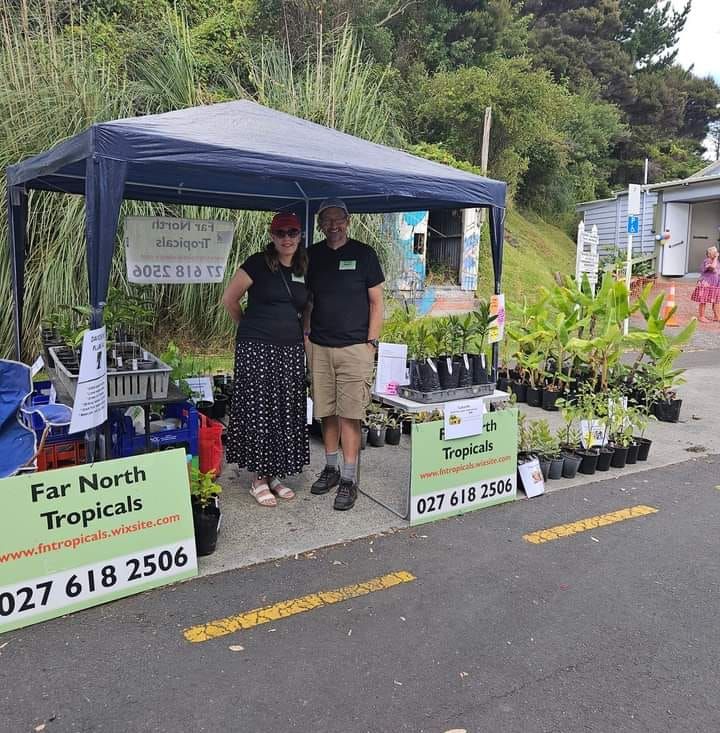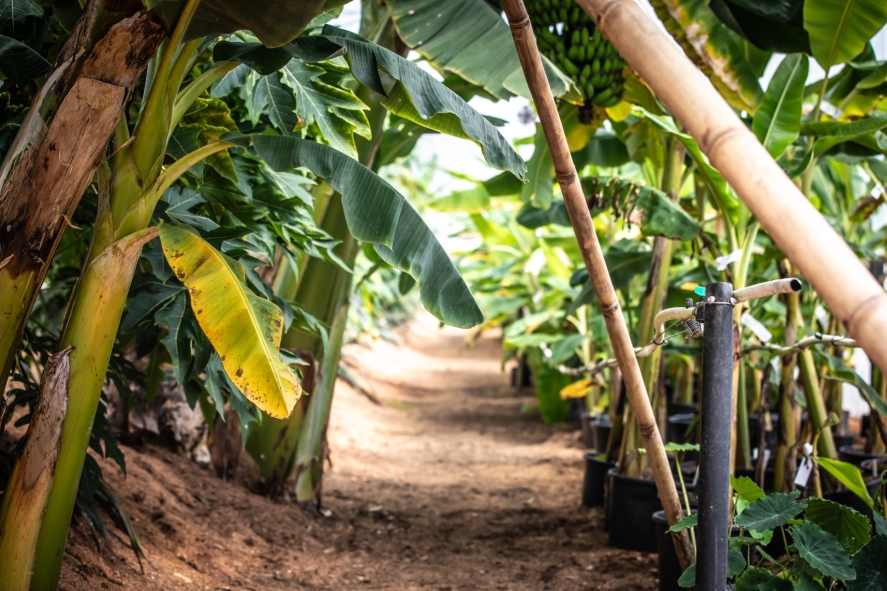-
Troppo Plant & Garden Articles
- Delicious Recipes
- TROPPO’s Food Forest in Te Puke, BOP (www,foodforest.org.nz)
- Troppo’s Plant Collection
- TROPPO's Nursery Directory
- Food Forests of New Zealand (www.foodforests.nz)
- Nursery Map - Plant Suppliers of NZ Directory (www.nurserymap.nz)
- Kids Garden Corner
- New Zealand Garden Bird Survey
- New Zealand Garden Groups
July – Flower Gardener’s Diary for New Zealand
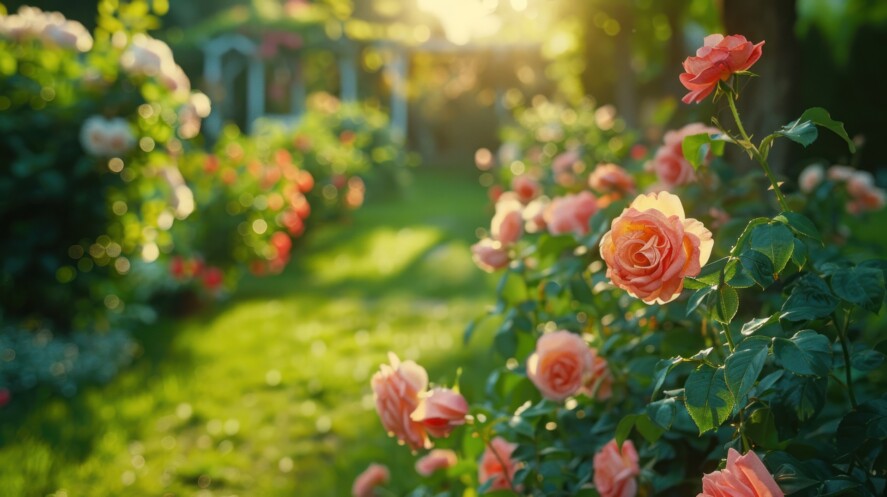
July is a mid-winter month in New Zealand, and while it may be cold, there are still plenty of tasks to keep flower gardeners busy. This diary will guide you through essential tasks and tips to ensure your flower garden is healthy and ready for the upcoming spring.
Early July
1. Soil Preparation
- Weed and Clear: Remove any weeds and debris from your flower beds. This prevents them from taking over when spring arrives.
- Soil Testing: Test your soil pH and nutrient levels to prepare for spring planting. Amend as necessary to ensure optimal conditions for your flowers.
2. Pruning and Cutting Back
- Prune Shrubs and Trees: Prune deciduous shrubs and trees to shape them and remove any dead or diseased wood.
- Cut Back Perennials: Cut back any perennials that have finished flowering to tidy up the garden and promote healthy growth in the spring.
Mid-July
1. Planting
- Winter Flowers: Plant roses, Daphne, lilies, gladiolus, cyclamen, forget-me-nots, calendula, polyanthus, flowering kale, poppies, primulas, violas, pansies, snapdragons, and sweet William. These flowers can withstand the colder temperatures and will brighten up your garden.
- Prepare for Spring Bulbs: Plan your spring bulb planting and order any bulbs you want to plant later.
2. Mulching
- Mulch Beds: Apply a layer of mulch around your plants to protect them from the cold, retain moisture, and suppress weeds. Organic mulches like straw, bark chips, or compost are ideal.
3. Watering
- Check Moisture Levels: Ensure your plants receive enough water, especially during dry spells. Water deeply to encourage strong root growth but avoid waterlogging.
Late July
1. Fertilizing
- Feed Winter Plants: Apply a balanced fertilizer to your winter-flowering plants to support their growth and blooms. Follow the instructions on the fertilizer packaging for best results.
2. Pest and Disease Control
- Monitor for Pests: Keep an eye out for common winter pests such as aphids and slugs. Use organic pest control methods like neem oil, insecticidal soap, or hand-picking.
- Check for Diseases: Look for signs of fungal diseases like powdery mildew. Remove affected leaves and consider using a fungicide if necessary.
3. Garden Planning
- Plan for Spring: Start planning your spring garden layout. Consider what plants you want to add and where they will go. Make a list of seeds and plants to purchase.
What to Pick
1. Flowers for Picking
- Winter Flowers: In July, you can pick winter sweet, camellias, viburnum, wallflowers, winter roses, hellebores, dianthus, leucadendrons, violets, Daphne, iberis, snapdragons, kowhai, flowering kale, and japonica. These flowers will add color and fragrance to your home.
2. Indoor Arrangements
- Create Bouquets: Use the flowers you pick to create beautiful indoor arrangements. They will bring a touch of your garden’s winter beauty inside.
General Tips for July
- Garden Clean-Up: Keep your garden tidy by regularly removing fallen leaves, dead plants, and debris.
- Protect Plants: Use frost cloths or covers to protect tender plants from frost.
- Tool Maintenance: Take the time to clean and sharpen your gardening tools. Well-maintained tools make gardening easier and more effective.
By following this flower gardener’s diary, you’ll ensure your garden is well-prepared and flourishing as spring approaches. Happy gardening!



